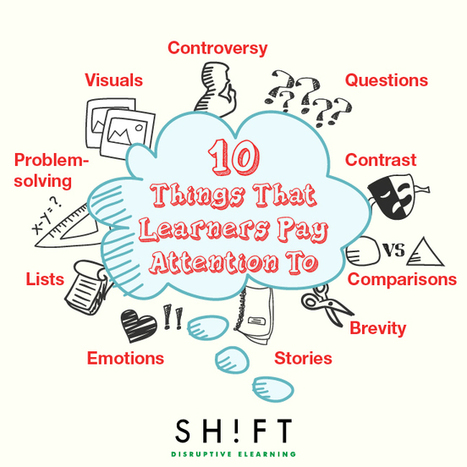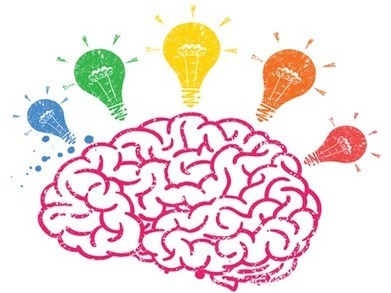Everyone is unique. From the fingerprints on our fingers to the way we learn, our uniqueness is what makes us different from everyone else. For teachers, learning to complement the unique learning styles of their students can sometimes be a bit of a challenge. Fortunately, using differentiated learning strategies has greatly improved the ability to cater to students’ individual needs.
It’s extremely hard to teach a certain topic to an entire class when the students aren’t on the same level of knowledge. Teachers who deploy differentiated learning strategies attempt to reach everyone in the class at the same time. At the same time, they still understand that everyone is on a different level.
Chances are you’ve heard of this teaching method but maybe you’ve never put it to use. On the other hand, perhaps you’re currently using differentiated learning strategies but not enjoying as much success with them as you thought. Whatever your case may be, we’ve put together a helpful go-to guide for you to lean on.
Via John Evans



 Your new post is loading...
Your new post is loading...
















